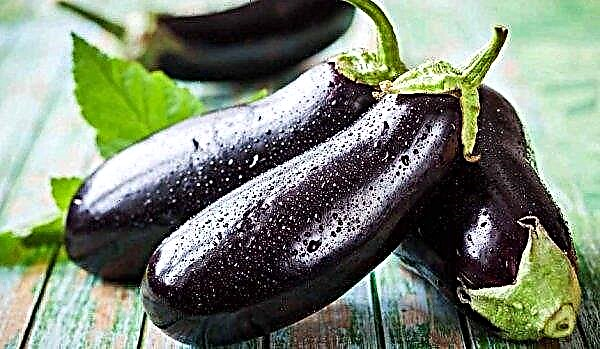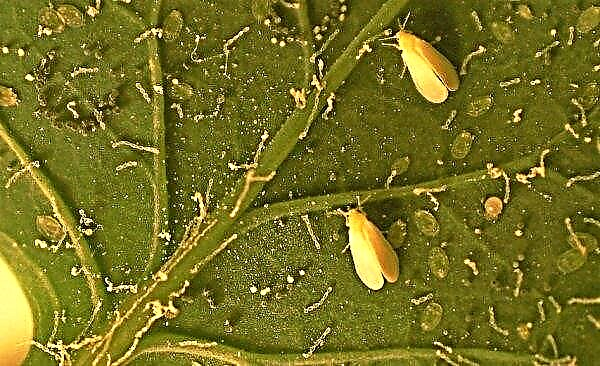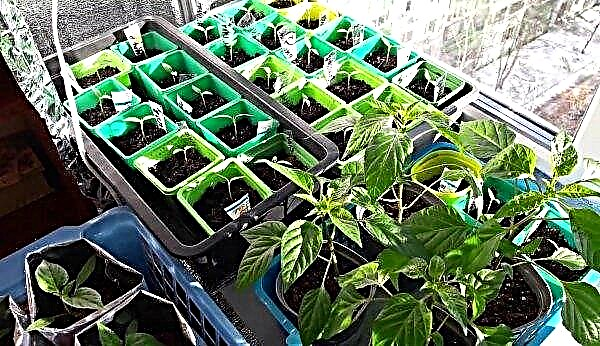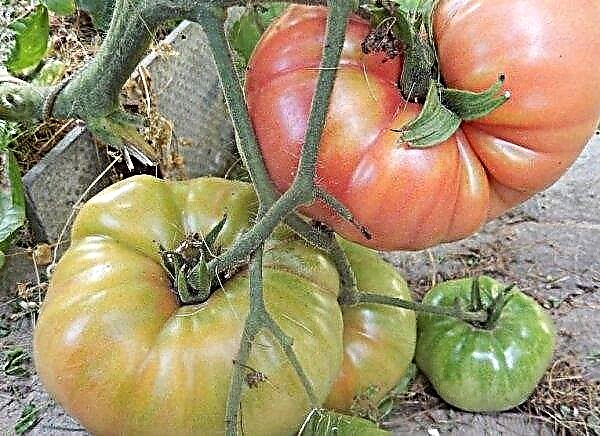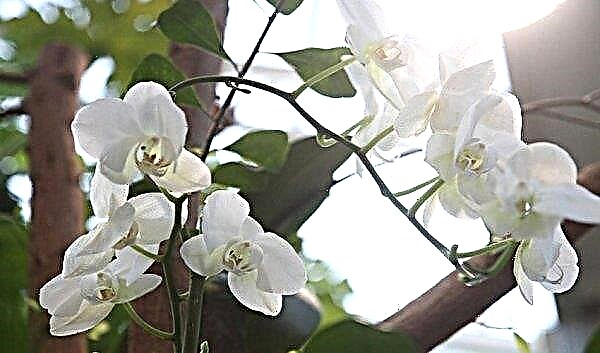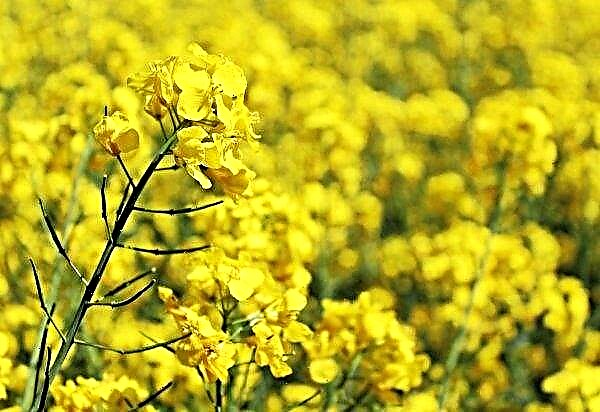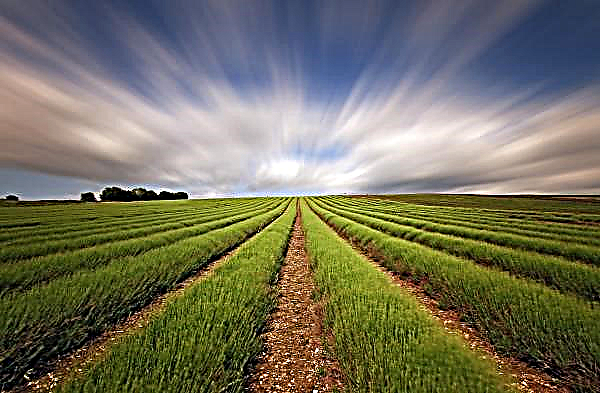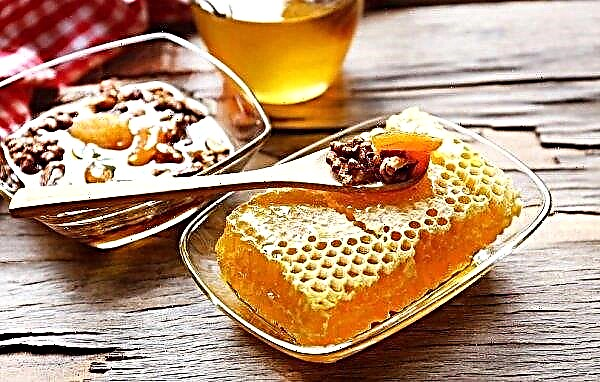Dracaena is one of the most popular home flowers, used not only as an indoor plant, but also as an office plant. To ensure a flower's long life, you need to know the general rules for caring for it; it is especially important to recognize diseases on time. A serious and obvious symptom of ill health is leaf fall. Find out why this is happening and how to solve this problem.
Why Dracaena drops leaves: the main reasons
Homeland dracaena are tropical forests. Externally, the flower resembles a palm tree: it has a straight stem that ends with a rosette of long leaves growing 20-60 cm in length.
Dracaena is a flower that tends to drop leaves, but this is not a natural process. With a large loss of leaves, the plant dies, so this problem should cause immediate intervention by the gardener.
Did you know? «Dracaena» translated from the ancient Greek language as «dragon female". Also called shrub «dragon tree». The name comes from a legend that long ago, two giants - a dragon and an elephant - converged in battle. The dragon was crushed by an elephant, and in the place where drops of his blood fell, huge trees with a magnificent crown grew.
In addition, it is precisely decorative qualities that are highly valued in dracaena, and the loss of deciduous cover will deprive the flower of its main content advantage.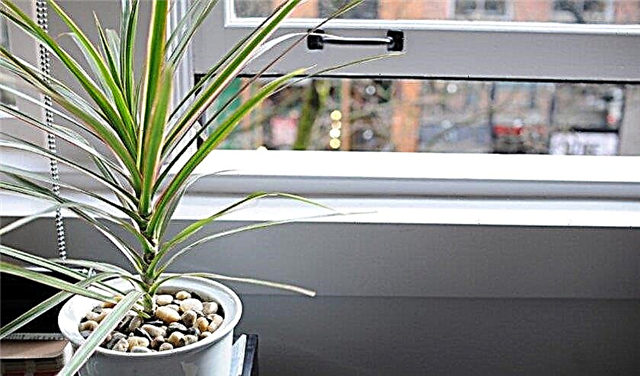 The main reasons for falling leaves are:
The main reasons for falling leaves are:
- disturbed growth conditions;
- low-quality fertilizers;
- not timely or excessive watering;
- damage to the root system when transplanting into a new pot;
- various diseases caused by parasites.
It should be borne in mind that dracaena itself throws off the leaves, if it is no longer a young plant. The maximum lifespan of dracaena is 15 years; when approaching this age, leaf fall is a natural process.
Violation of conditions
If the plants wilted and fell off in a short time, and the trunk began to rot and dry, it is necessary to change the conditions of the flower.
Good growth will be ensured by such parameters of care:
- Temperature. The plant loves a temperature of + 20–25 ° C in the summer. And in the cold season, the minimum allowable temperature is + 16 ° C. If you keep the flower at a lower temperature, it will stop growing and fall into suspended animation.
- Lighting. Dracaena loves the sun, since the plant was brought from the sunny tropics, however, direct rays are harmful to it. It is best to place the pot in partial shade. The most sensitive to light are variegated dracaena.
- Location in the house. Since direct rays are undesirable for the plant, it is best to place it on the east or west side of the house. Most often located on the windowsills.
- Pruning. A necessary process for the growth of lateral buds of a tree. The flower must be at least 30 cm high - only then can it be cut. You can remove leaves in spring or summer.
- Moisturizing. A tropical plant requires plenty of moisture, especially in winter, during the heating season. To do this, you need to do air spraying near the flower pot.
Improper maintenance of the shrub at room conditions leads to the fact that it loses its natural beauty and color of leaves, the shape of the bush, the health of the trunk and root system. Therefore, before you buy such a plant, it is important to familiarize yourself with the rules of its cultivation in advance.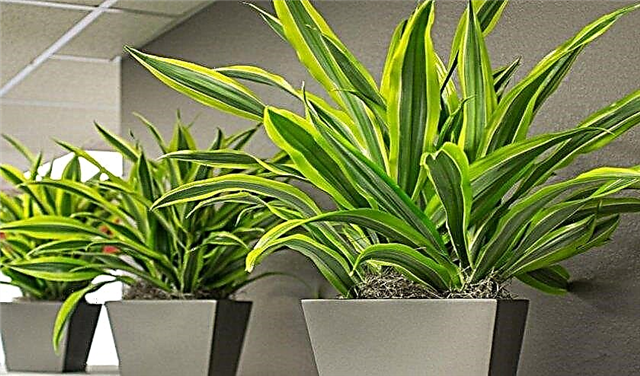
Lack or excess of fertilizer
Complex fertilizers are used as top dressing for dracaena. They must be given a flower twice a month, during the period of active growth, from approximately March to early September.
In gardening shops you can buy special fertilizers for dracaena: "Rainbow", "Ideal", "Dracaena."
The lack of trace elements, especially potassium, leads to the fact that the flower is covered with bronze spots and stripes. And from an excess of fertilizing, the roots and stem of the dracaena can rot.
Important! The abundance of fertilizers containing fluoride can lead to loss of color of leaves and their fall.
Wrong watering
Watering is the main way to nourish the shrub with water. To prevent the death of dracaena, you need to remember that she loves abundant watering, but it is not necessary to fill it too much, otherwise the root system will become waterlogged and begin to rot, and with it the stem.
In summer, dracaena is watered once every two to three days, while checking whether the earth has dried up at the base of the stem. Water is used at room temperature. Additionally, water is sprayed from the spray near the plant, thus moistening the air next to it. Withering leaves is a signal that you need to water more often.
In winter, the flower rests, and he needs watering every 3-4 days. However, if your plant stands on a windowsill under a battery, it needs to be watered more often. It is necessary to focus on the soil: if it has already dried up and you do not see wet spots - then you can water the pot again.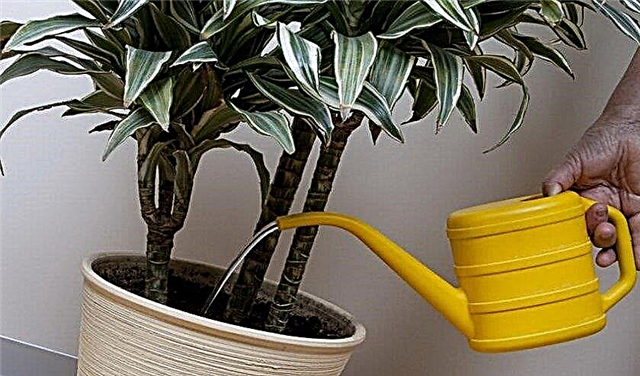
Transplant root damage
Since the root system of dracaena grows rapidly, very soon the gardener will be faced with the need to transplant it into a new pot. For a flower with a height of about 40 centimeters, a container with a diameter of 15 centimeters is needed.
The roots of the shrub are quite strong, but nevertheless, when separating the stems, it is important not to damage them, otherwise the plant will not develop further.
Important! A transplant should not be done more often than once every 2-3 years.
It is better to carry out the procedure in late March - early April. When replanting, do not forget to keep the drainage layer in the pot so that the bush does not have an excess of moisture.
Pests and diseases
Diseases and pests can nullify any efforts of the gardener. To prevent this from happening, you need to be able to determine their symptoms in time.
The main diseases of dracaena:
- Yellowness and brown spots on the leaves indicate a lack of moisture. It is necessary to moisten the soil of the plant and the air around it to avoid complete loss of leaves.
- The soft trunk of the plant and the fallen leaves are the result of an excess of moisture. If the root system rotted, the plant will not recover. In this case, it is best to simply replace the bush with a new one.
- Burns on the leaves may appear as brown, dry fragments. To restore the shrub, it is necessary to remove it from direct sunlight.
- Loss of leaf color, white spots on them mean that the dracaena lacks lighting. Transfer the pot with the bush to a more sunny place.
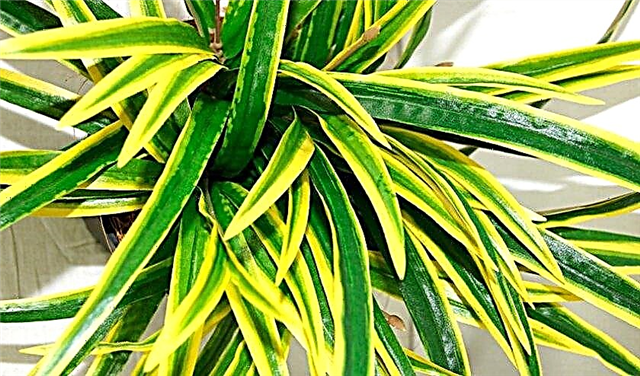 The most common pests:
The most common pests:- Shield. Yellow leaves and stunted growth are the main signs of scabies. The parasite lives on the stems of plants. The leaves are washed with a soap solution connected to an alcohol tincture to kill the pest.
- Spider mite. Leaves dry and turn yellow. Most often, the tick affects the dracaena, if it is in too dry a space. To avoid the disease, you need to spray the air more often, increasing humidity.
- Thrips. The pest looks like a small bug of black color, starts on the leaves of the plant. Gray stains, spots appear on them, the plant withers. With such a disease, a soap solution or a chemical insecticide helps.
- Fungus. If white spots or bloom appear on the leaves, it means that the plant was affected by powdery mildew; it is spread by spores, transmitted from infected plants. Red-yellow spots that later turn black are Fusarium, it appears at insufficiently high temperatures and poor lighting. Fungal diseases are treated with fungicides.
Did you know? According to the ancient Aztec legend, the cut trunk of the dracaena in the full moon will bring happiness and love.
How to save a plant
If you notice signs of illness or sharp falling of leaves in your dracaena, you need to decide how to reanimate the shrub.
Methods for treating dracaena diseases:
- Insects. To control pests, insecticides and a soap solution are used - it kills parasites. In addition, it is necessary to change the conditions of the pot with the flower, which led to the appearance of insects on its leaves.
- Fungal infections. To combat them, use fungicide, after wiping the leaves with a weak solution of potassium permanganate.
- Dehydration. To restore the water balance of dracaena, it is necessary to properly water the pot: once every two days. In this case, do not forget to moisten the air around the shrub with a spray gun.
- Burn. Remove the plant from a sunny place, find partial shade for it. Remove dead leaves with a sharp garden knife.
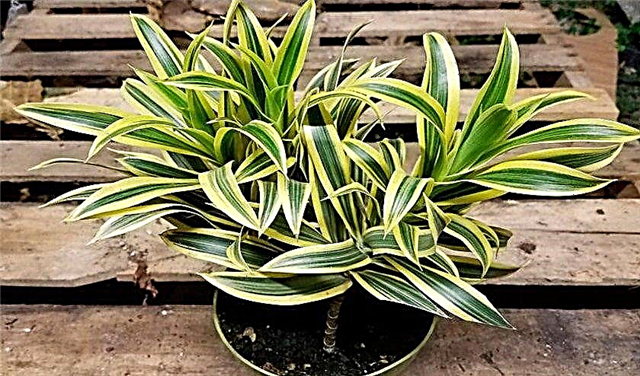
Preventative measures
In order not to treat bush diseases, it is necessary to carry out preventive measures in time to prevent diseases.
Important! Note that each year a flower drops a small amount of yellowed leaves from the bottom of the stem to prepare for the winter season. This is a natural process.
Follow these recommendations:
- When planting in a pot, make a drainage system. In this way, you provide the roots with protection against excess water.
- The flower does not tolerate drafts, but dies at low temperature. Therefore, in the cold season, make sure that the plant does not freeze.
- Dracaena is a moisture-loving bush, and requires increased humidity of air and soil. Do not miss watering the plants even in the winter season.
- Also, do not apply too much fertilizer to the soil so that the leaves do not fall. In this case, it is better to add less minerals so as not to burden the soil.
Dracaena is an exotic plant that at any time of the year will remind you of the sea, palm trees and relaxation. It is not difficult to grow it, you just need to follow the basic rules of maintenance. And even if the plant was struck by the disease, it is important to help him in time, eliminating the cause of the falling leaves.


